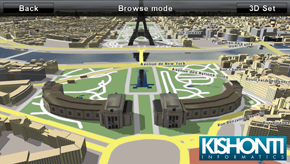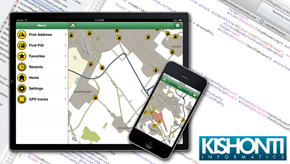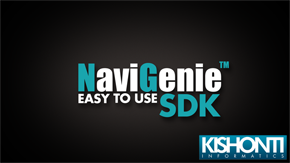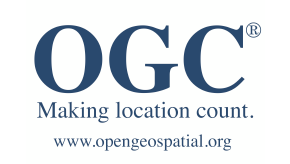Milestones
2003
May
Kishonti Informatics was established in Budapest, Hungary.
2003
June
We launched JBenchmark 1.0 which was the first mobile device benchmark with a public online result database. This feature made JBenchmark 1.0 the de-facto standard for Java ME MIDP 1.0 performance evaluation.

2004
February
JBenchmark 2.0 was launched for MIDP 2.0 platform. It was the first benchmark we developed in the framework of JBenchmark Development Program in cooperation with other leading companies.

2005
February
We released JBenchmark 3D, the first 3D benchmark utilizing the Mobile 3D Graphics (M3G 1.0 or JSR184) API.
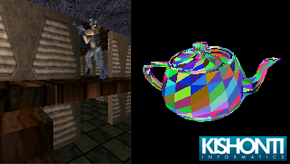
2006
January
Our first benchmark optimized for hardware accelerated mobile 3D graphics was released as JBenchmark HD. It included new, important rendering quality measurements which helped consumers and professionals to differentiate between GPUs and "old" software based solutions.

2006
September
JBenchmark Pro, the application performance and user experience benchmark for mobile Java (Java ME) devices was launched. JBenchmark Pro met growing demand from mobile network operators, developers and consumers for true Java ME performance, compatibility and usability measurements. The suite also included an expansible framework of plug-ins for further customization and automatization.
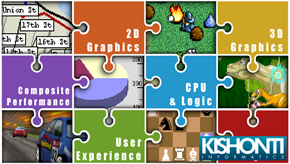
2006
December
The announcement of GLBenchmark 1.0 marked a major shift in our history. The emergence of the programmable smartphones enabled us to enter the native benchmarking market and extend our support to all major mobile platforms. We launched a new native performance database at glbenchmark.com.
2008
February
GLBenchmark 2.0 for OpenGL ES 2.0 was first demonstrated at Mobile World Congress in Barcelona. It was implemented for programmable mobile graphic chips which ever since rule the market for embedded visualization.
2009
February
We released NaviGenie which revolutionizes mobile navigation by real-time streaming fully textured 3D maps to mass market handsets using minimal bandwidth. It won the Third Runner-Up prize at 2009 NAVTEQ Global LBS Challenge.
2011
January
We joined the Khronos Group, a not for profit, member-funded consortium focused on the creation of royalty-free open standards for parallel computing, graphics and dynamic media on a wide variety of platforms and devices.
2011
February
GLBenchmark 3.0 was announced which includes all major new features that next generation OpenGL ES API will provide making it the perfect test suite for all parties interested in building and embedding Halti compatible implementations.
2011
February
We launched the public version of NaviGenie SDK which provides easy integration of on-board, off-board and mixed mode location based services.
2011
August
The first preview of GLBenchmark 2.5 was released. GLBenchmark 2.5 is our OpenGL ES 2.0 benchmark with brand-new graphic scenes representing high-end gaming content planned to be run at 1080p and higher resolutions.
2012
January
We announced DXBenchmark, our latest 3D benchmark solution for DirectX API supporting Windows 8 on ARM and Intel architectures.
2012
January
We announced CLBenchmark 1.1 Desktop Edition which enables measurement of compute performance of desktop grade CPUs and GPUs utilizing the OpenCL standard.
2012
February
We launched NaviGenie 2.0, an easy-to-use software development kit which provides a tool for developers wishing to create leading edge location-based applications.
2012
April
We released the community version of CLBenchmark 1.1 Desktop Edition, the first professional OpenCL benchmark for measuring and comparing the processing power of different hardware architectures.
2012
July
We released GLBenchmark 2.5.
2012
October
With the release of Windows RT on ARM and Windows Phone 8, we launched DXBenchmark 2.5 and 2.7. Simultaneously, we released GLBenchmark 2.7 that makes the direct comparison of OpenGL (ES) and DirectX/Direct3D implementations possible for the first time ever.
2013
April
We have merged GLBenchmark and DXBenchmark into GFXBench in order to make cross-platform and cross-API comparison easier.
2013
September
We have introduced CompuBench, our unified compute performance benchmark for multiple APIs (OpenCL, RenderScript).
2014
Januar
We have released GFXBench 3.0 for OpenGL (ES) 2 and 3, featuring a fully redesigned UI and brand new battery, stability and render quality tests.
2014
March
We joined the Open Geospatial Consortium (OGC)



